Tag: TBI
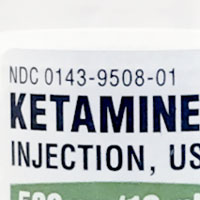
Intubation in Special Patient Populations: Intracranial Hemorrhage
Lidocaine has weak evidence to support its ICP blunting effects. Fentanyl may be a better choice. Ketamine is a reasonable alternative to etomidate during induction. No differnce in mortality exists between usage of succinylcholine... read more

The Fluid Debate: Balanced or Unbalanced
Consider using balanced fluids in your ED unless you are treating a patient at risk for cerebral edema, or a patient with a chloride responsive metabolic alkalosis, e.g. from gastric losses. Although the superiority of balanced... read more

The Role of Speech and Language Therapy in Critical Care
The role of speech and language therapists (SLTs) in critical care can be unclear so this article sets out the scope of practice to increase awareness of the value of SLTs as part of the wider multidisciplinary team. Speech... read more

Ketamine Alters Hippocampal Cell Proliferation and Improves Learning in Mice after TBI
Ketamine alters hippocampal cell proliferation after traumatic brain injury (TBI). Surprisingly, these changes were associated with improvement in a neurogenesis-related behavioral recall task, suggesting a possible benefit... read more
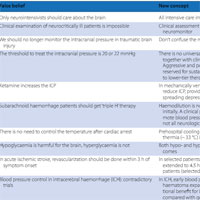
Ten False Beliefs in Neurocritical Care
1. Only neurointensivists should care about the brain. 2. Clinical examination of neurocritically ill patients is impossible. 3. We should no longer monitor ICP in traumatic brain injury (TBI). 4. The threshold to treat... read more
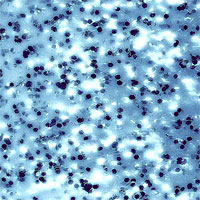
Association Between Continuous Hyperosmolar Therapy and Survival in Patients with TBI
Intracranial hypertension (ICH) is a major cause of death after traumatic brain injury (TBI). Continuous hyperosmolar therapy (CHT) has been proposed for the treatment of ICH, but its effectiveness is controversial. We compared... read more
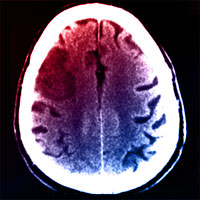
Cerebral Autoregulation in the Prediction of Delayed Cerebral Ischemia and Clinical Outcome in Poor-Grade Aneurysmal Subarachnoid Hemorrhage Patients
High initial pressure reactivity index, presumably reflecting early brain injury, but not oxygen reactivity index, was associated with delayed cerebral ischemia and worse clinical outcome in poor-grade subarachnoid hemorrhage... read more
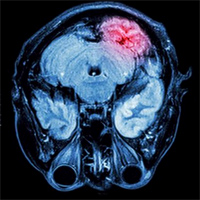
Glycaemic Control Targets After TBI
This meta-analysis of intensive glycaemic control shows no association with reduced mortality in TBI. Intensive glucose control showed a borderline significant reduction in the risk of poor neurological outcome, but markedly... read more
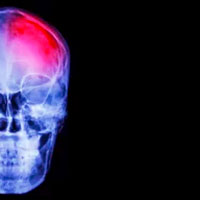
TBI Outcomes in an LMIC Tertiary Care Centre and Performance of Trauma Scores
This observational study of patients sustaining moderate or severe TBI in Sri Lanka (a LMIC) reveals only 46% of patients were alive at 6 months after ICU discharge and only 20% overall attained a good (GOSE 7 or 8) recovery.... read more

The Prognostic Value of MRI in Moderate and Severe TBI
Traumatic brain injury (TBI) is a major cause of death and disability, yet many predictors of outcome are not precise enough to guide initial clinical decision-making. Although increasingly used in the early phase following... read more

Long-Term Cognitive Impairment after Critical Illness
Patients in medical and surgical ICUs are at high risk for long-term cognitive impairment. A longer duration of delirium in the hospital was associated with worse global cognition and executive function scores at 3 and 12... read more

Variation in Monitoring and Treatment Policies for Intracranial Hypertension in TBI
Substantial variation was found regarding monitoring and treatment policies in patients with Traumatic Brain Injury (TBI) and intracranial hypertension. The results of this survey indicate a lack of consensus between European... read more
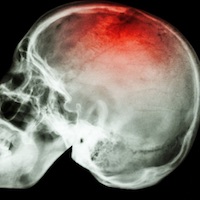
Individualizing Thresholds of Cerebral Perfusion Pressure Using Estimated Limits of Autoregulation
Individualized autoregulation-guided cerebral perfusion pressure management may be a plausible alternative to fixed cerebral perfusion pressure threshold management in severe traumatic brain injury patients. Prospective randomized... read more
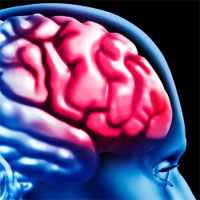
Hyperfibrinolysis in Severe Isolated TBI May Occur Without Tissue Hypoperfusion
Hyperfibrinolysis is associated with tissue injury in both patients with traumatic brain injury (TBI) and in non-TBI patients. However, tissue hypoperfusion is associated with hyperfibrinolysis in non-TBI patients, but not... read more








